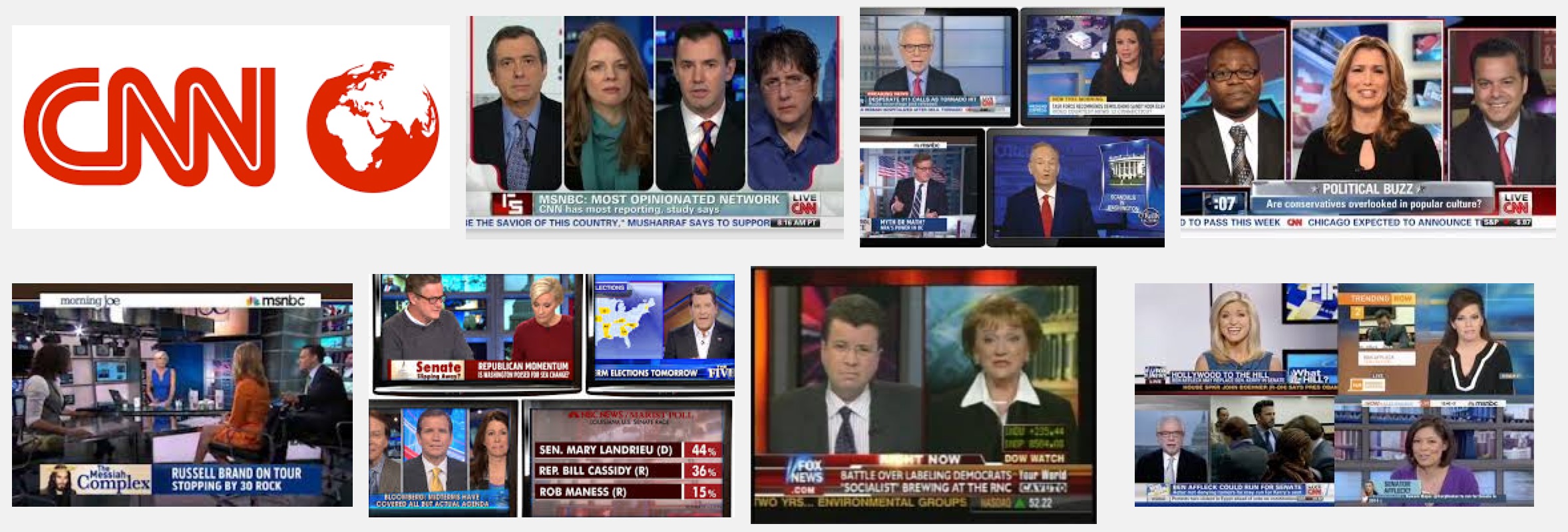I’ve been writing about the filter bubble for quite sometime. The filter bubble refers to the tendency for online search tools, and now social media, to screen and deliver results that fit our online history and profile thereby returning only results that are deemed relevant. Eli Pariser coined the term in his book The Filter Bubble, published in 2011.
The filter bubble presents us with a clear faustian bargain: give up knowledge and serendipitous discovery of the wider world for narrow, personalized news and information that matches our immediate needs and agrees with our profile.
The great irony is that our technologies promise a limitless, interconnected web of data and information, but these same technologies ensure that we will see only the small sliver of information that passes through our personal, and social, filters. This consigns us to live inside our very own personal echo chambers, separated from disagreeable information that does not pass criteria in our profiles or measures gleaned across our social networks.
So, we should all be concerned as Facebook turns its attention to delivering and filtering news, and curating it in a quest for a more profitable return. Without question we are in the early stages of the reinvention of journalism as a whole and digital news in particular. The logical conclusion of this evolution has yet to be written, but it is certainly clear that handing so much power over the dissemination of news and information to one company cannot be in our long-term interests. If Mr. Zuckerberg and team deem certain political news to be personally distasteful or contrary to their corporate mission, should we sit back and allow them to filter it for us? I think not.
From Wired:
When Facebook News Feed guru Will Cathcart took the stage at F8 to talk about news, the audience was packed. Some followed along on Twitter. Others streamed the session online. Journalists, developers, and media types all clamored to catch a glimpse of “Creating Value for News Publishers and Readers on Facebook”—value that has become the most coveted asset in the news business as Facebook becomes a primary way the public finds and shares news.
As Cathcart kicked off the session, he took the captive audience to a Syrian refugee camp via Facebook’s new, innovative, and immersive 360 video experience. He didn’t say much about where the camp was (“I believe in Greece?”), nor anything about the camp situation. He didn’t offer the audio of the journalist describing the scene. No matter!
The refugee camp is a placeholder. A placeholder, in fact, that has become so overused that it was actually the second time yesterday that Facebook execs waved their hands about the importance of media before playing a video clip of refugees. It could have been a tour of the White House, the Boston bombing, Coachella. It could have been anything to Facebook. It’s “content.” It’s a commodity. What matters to Facebook is the product it’s selling—and who’s buying is you and the news industry.
What Facebook is selling you is pretty simple. It’s selling an experience, part of which includes news. That experience is dependent on content creators—you know, journalists and newsrooms—who come up with ideas, use their own resources to realize them, and then put them out into the world. All of which takes time, money, and skill. For its “media partners” (the CNNs, BuzzFeeds, and WIREDs of the world), Facebook is selling a promise that their future will be bright if they use Facebook’s latest news products to distribute those new, innovative, and immersive stories to Facebook’s giant audience.
The only problem is that Facebook’s promise isn’t a real one. It’s false hope; or at its worst, a threat.
Read the entire article here.


